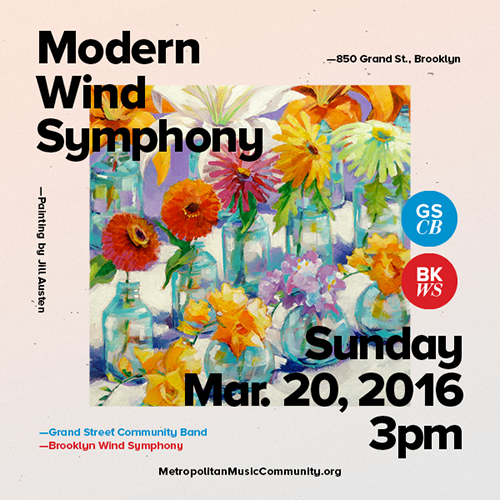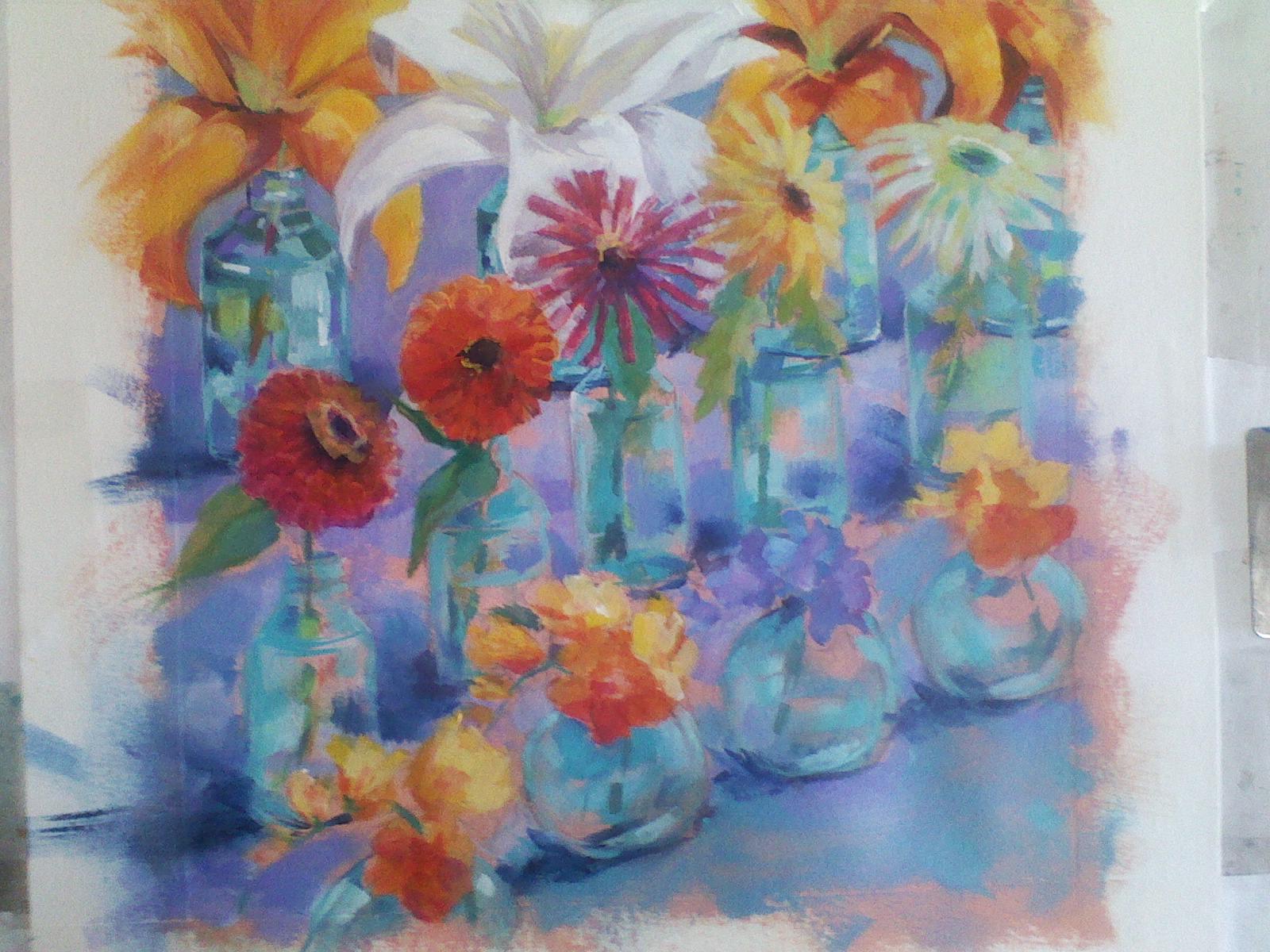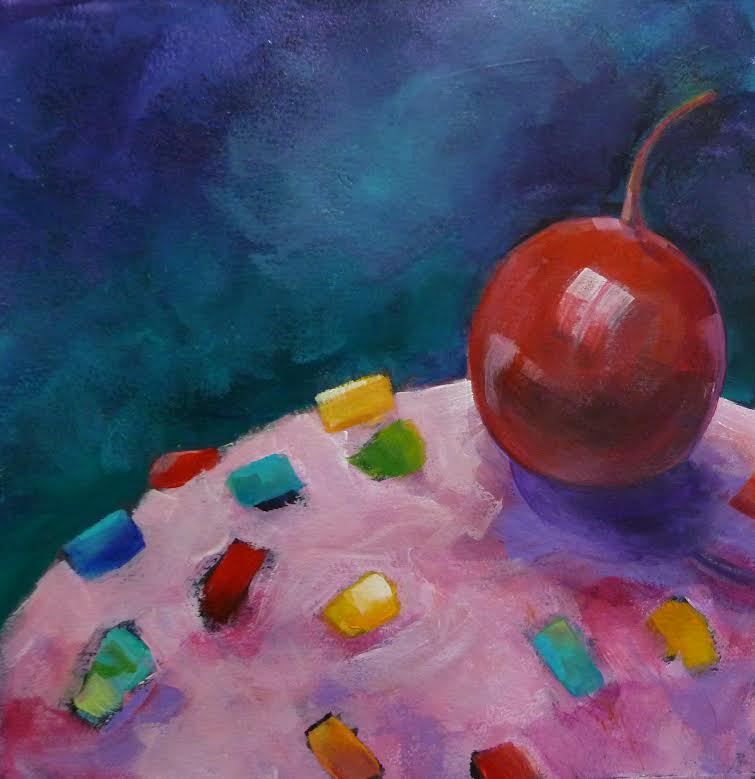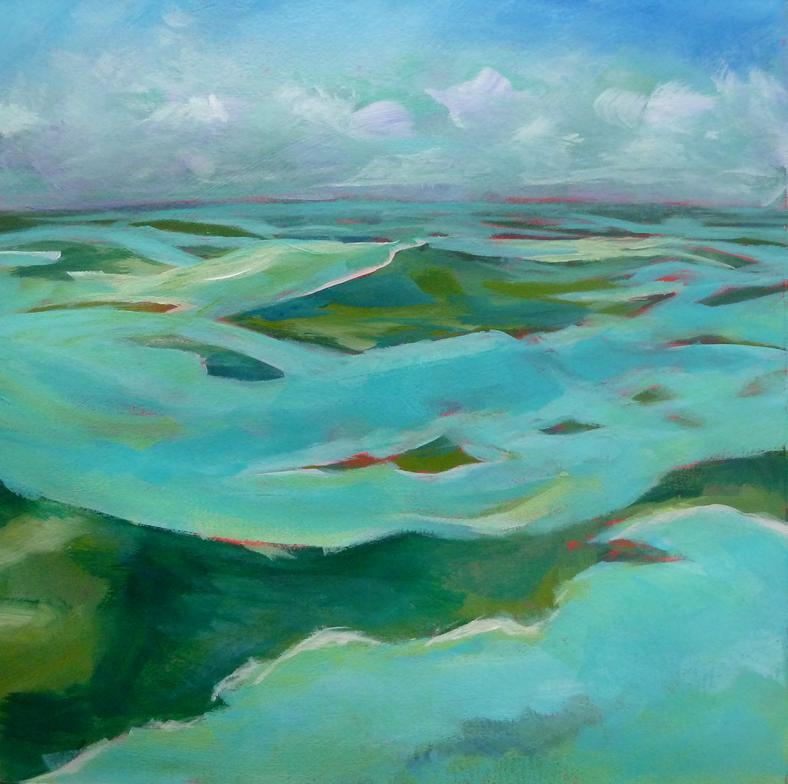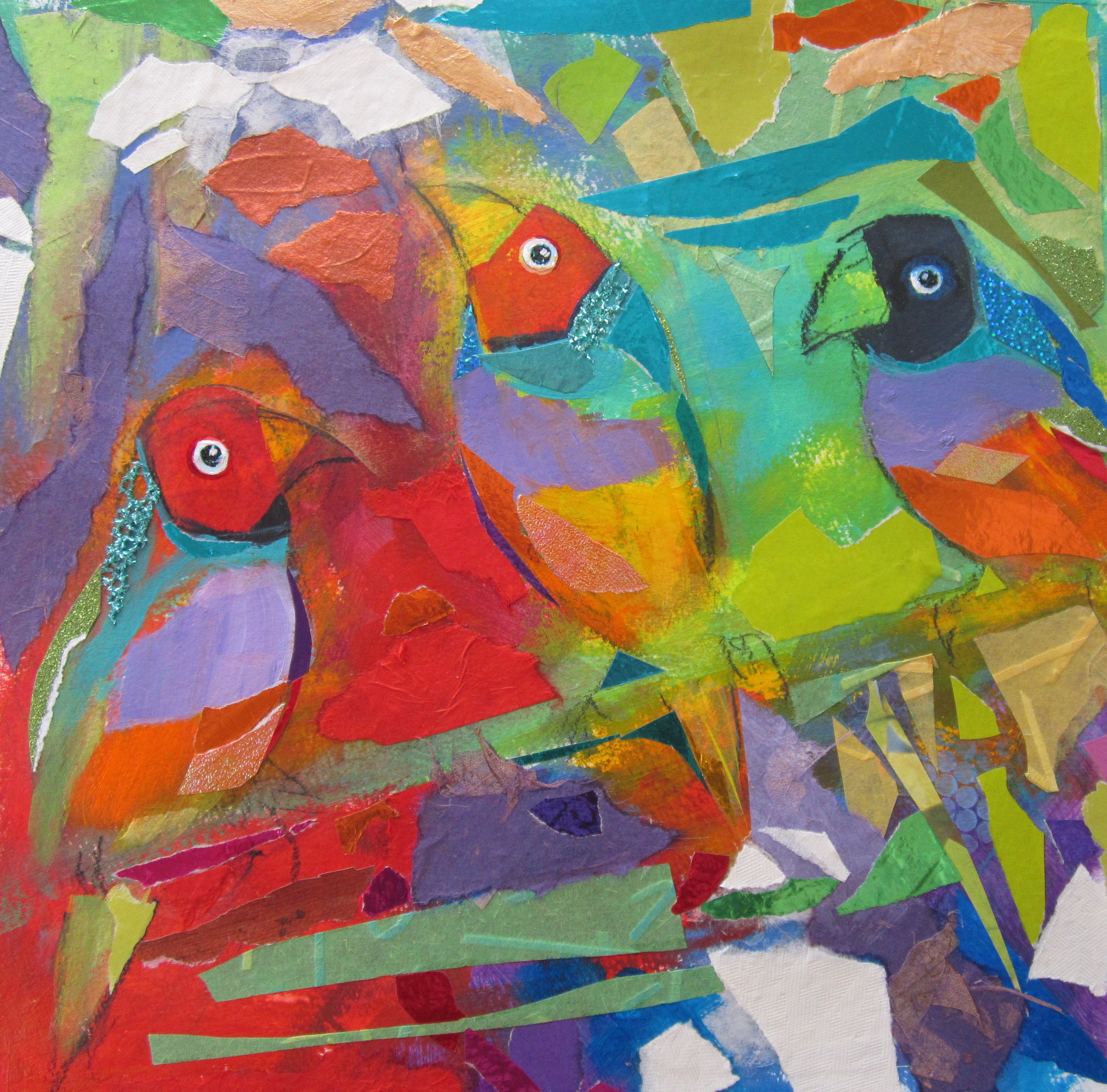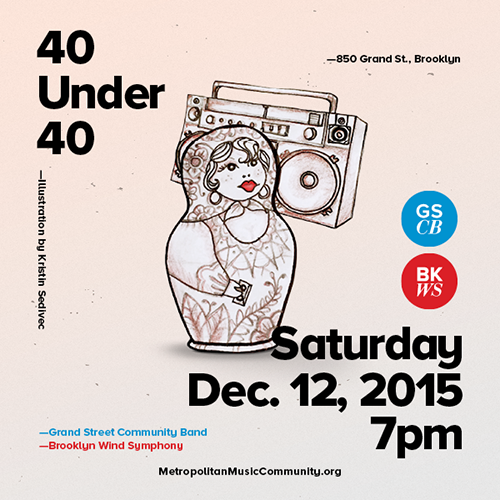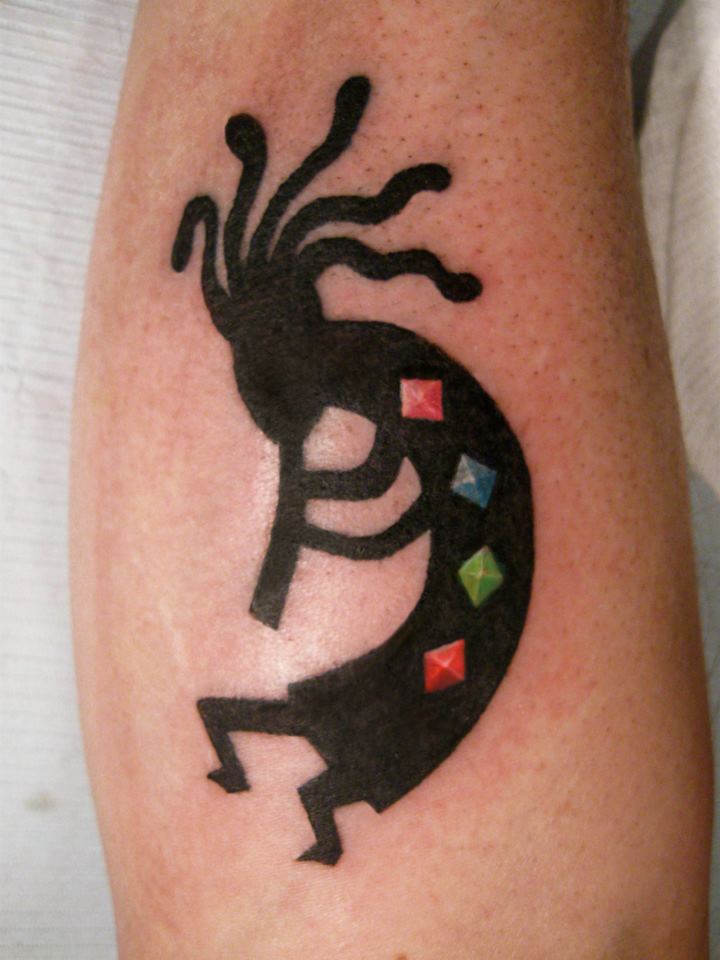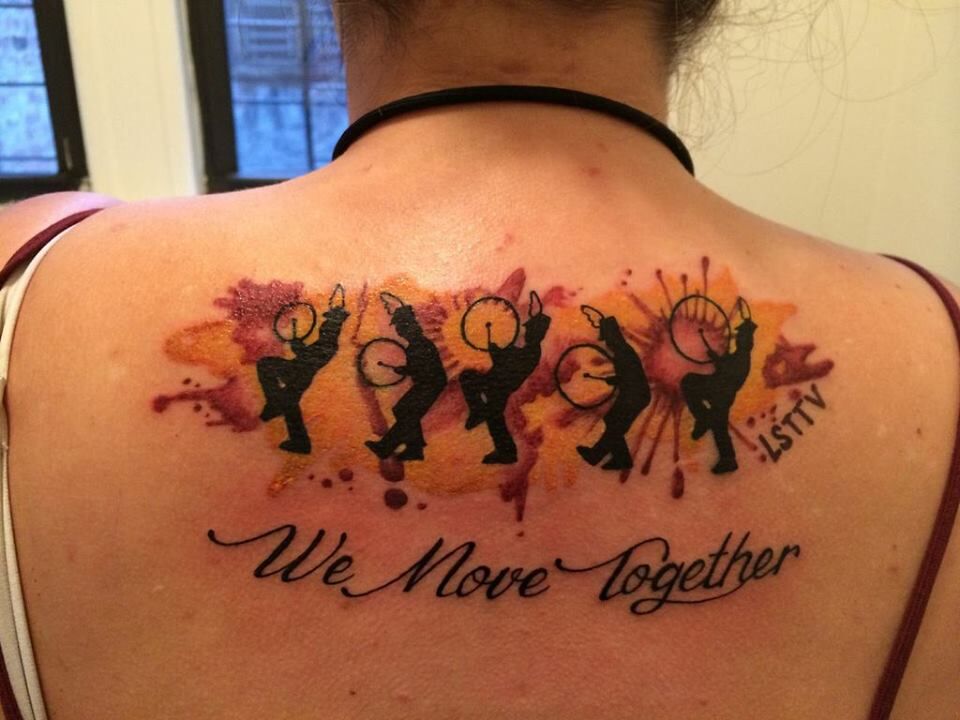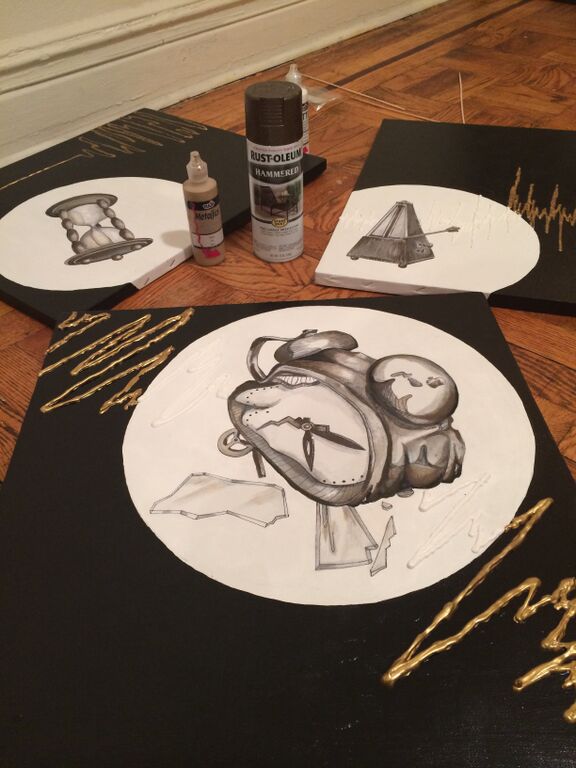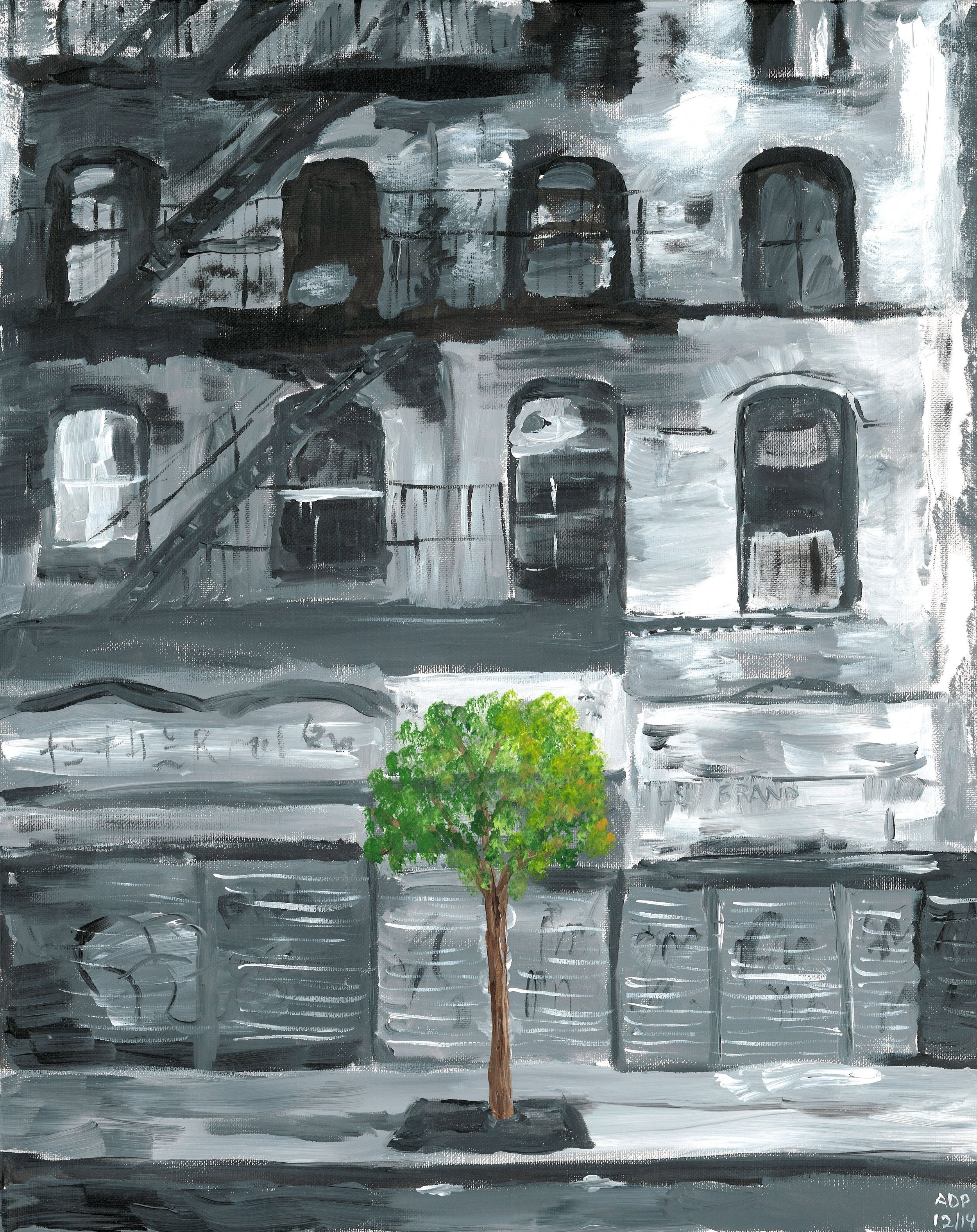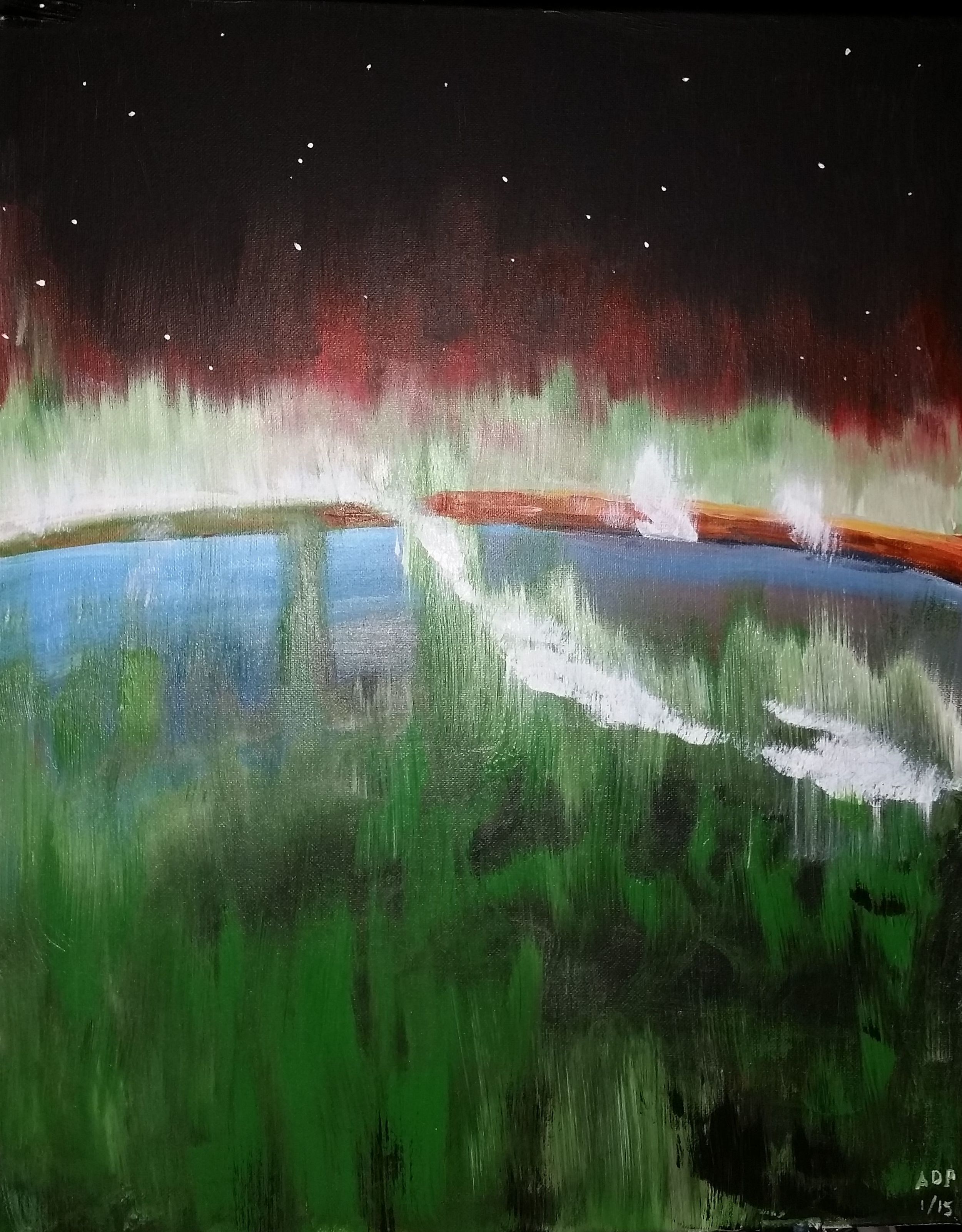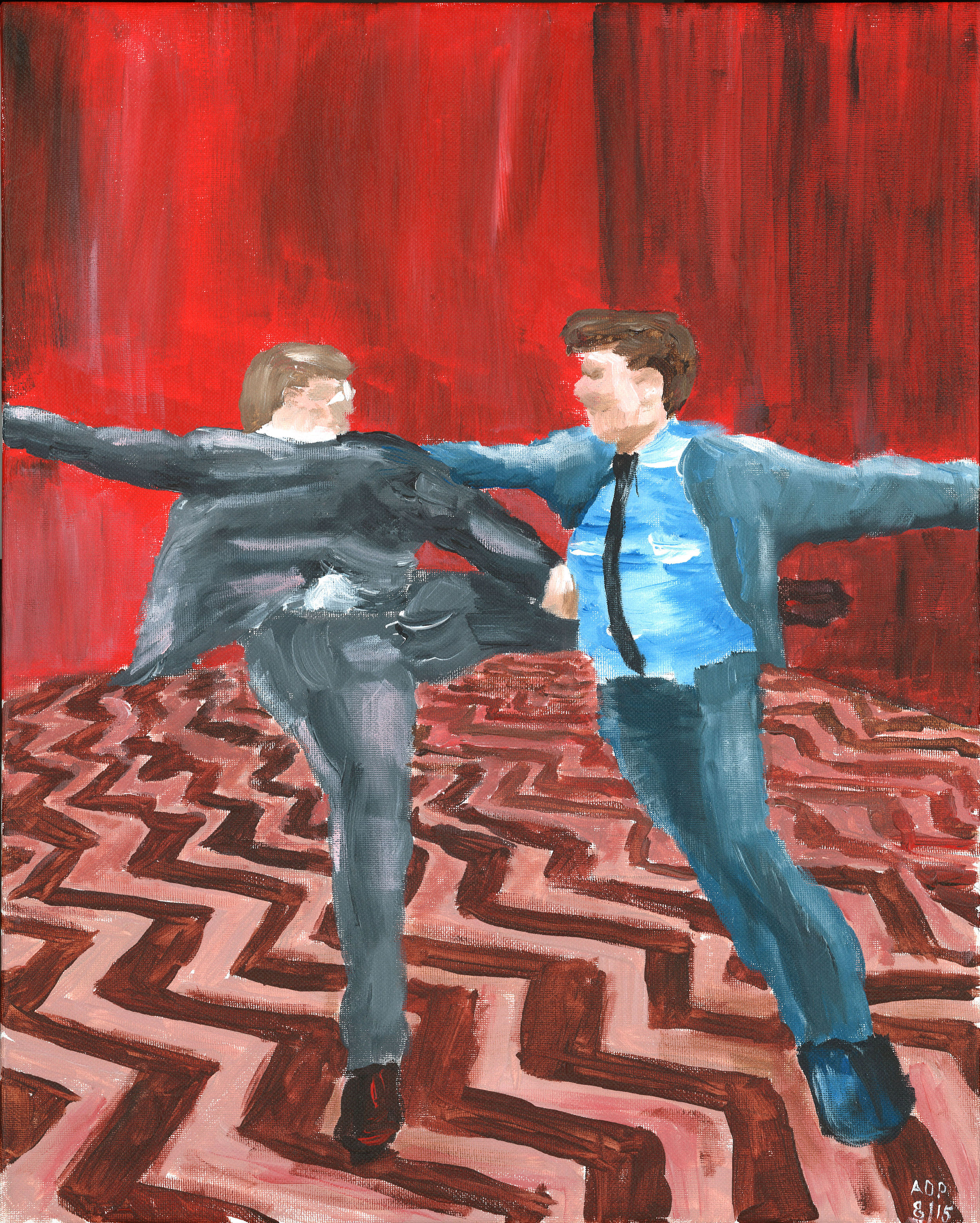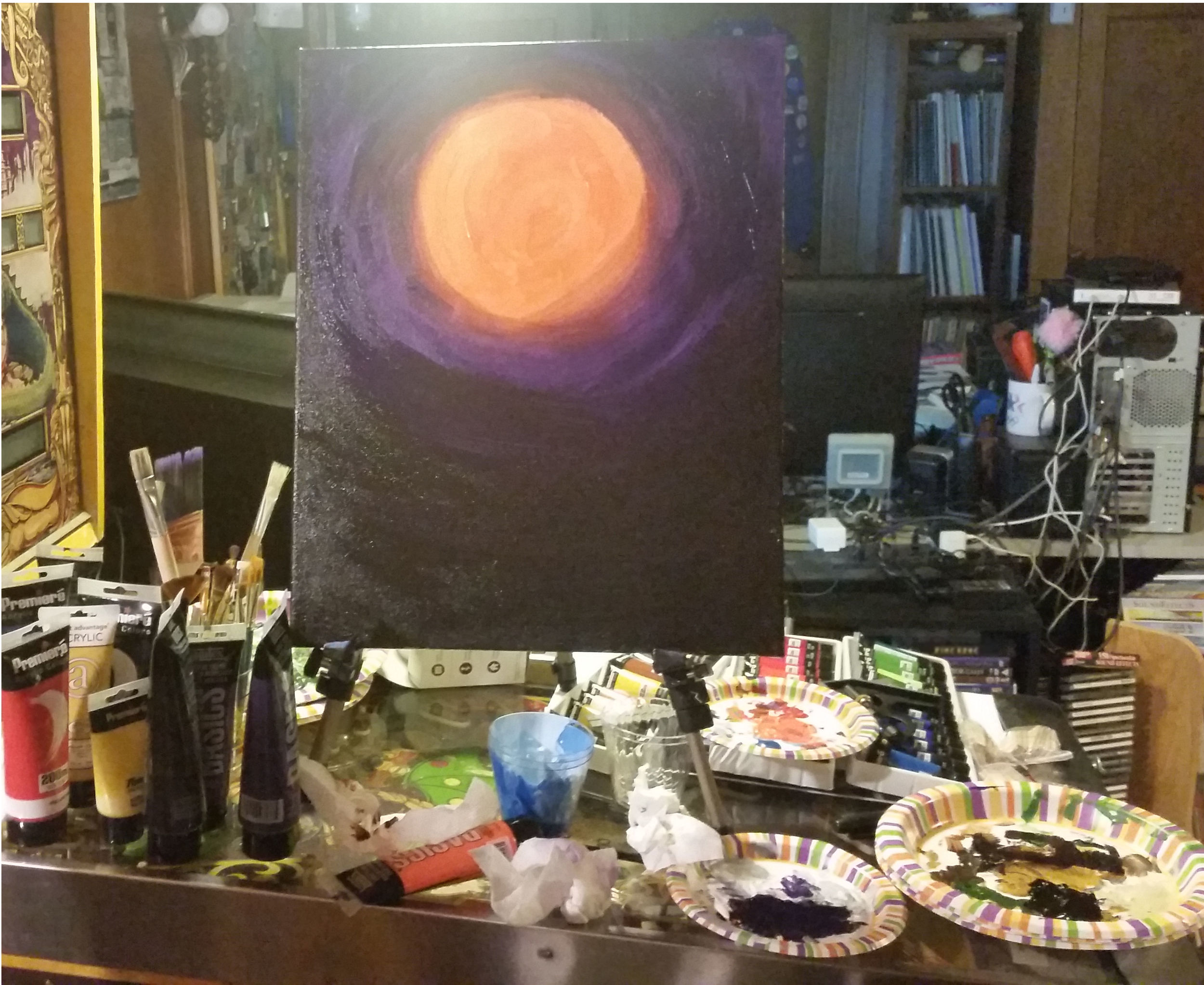By Alyssa Pry
Composer Anthony Barfield has his head in the stars.
“We all come from the same place, we’re all one - the question is, where do we come from?” he mused about his piece Red Sky, one of two pieces the MMC will be performing at Modern Wind Symphony on Sunday, March 19th.
Both Red Sky and North Star draw from Barfield’s fascination with what exists both around and above us.
“When I got into music and started traveling, I started seeing there were different religions and everyone believed that was their truth. I sort of had a big question mark in my life for, what is spiritualism to me? Where do we come from?” Barfield said. “That big question mark put me on a quest to find what the best meaning was for me. So by studying that, I became fascinated by the creation of us.”
Aside from this deep exploration and introspection, Barfield finds himself firmly planted in this world as both an accomplished musician and talented composer. As a child growing up in Mississippi, it was a music teacher who pulled him aside after recognizing his talents.
“I always knew I could hear things a certain way. It was just sort of a gift,” he said. “So one day they called me in and said, Anthony, what is this note right here? And I told them, and they said, ‘Well you have what’s called perfect pitch.’ So that was cool to define.”
His fascination and talent for music lead him to Juilliard, where he began studying trombone performance. But once he was there, he decided to focus on composition instead, a change he says happened organically.
“When you’re in a place like Juilliard, I never thought about it as, ‘Ok, it’s a really difficult school, I’m going to get through it and then quit [playing],’” he said. “It was a situation of being in the moment, living in the moment, soaking up as much as I could, regardless if it was trombone or composition, just as much art as I could, and running with it.”
For Barfield, this attitude has seeped into the way he approaches composition.
“I consider myself to be a creator,” he said. “I consider myself to be an emotional composer. So the organic part of it is that I try to make sure I’m attached to the piece emotionally.”
Grand Street Community Band will be performing Red Sky with trombone soloist Jon Whitaker, Professor of Trombone at the University of Alabama. The piece is based on the concept of the Big Bang Theory, and Barfield explained his process for how he wrapped his head around such a vast idea.
“I tried to get into the true feelings - the piece is about the creation of life as we know it,” he said. “So to get into it, I did a lot of meditation to steal the sense of creation. And then from there, I write down aural notes - [for example] the word ‘bang’ - something that will spark an idea. Then I come up with the chord structures and the melody comes from the chords.”
“That’s the most important thing for me - making sure I can stay true to who I am with my music.”
Barfield drew on similar inspiration when composing North Star, which Brooklyn Wind Symphony will be performing with soloists Joe Alessi, the principal trombonist with the New York Philharmonic, and Chris Coletti, the principal trumpeter with Canadian Brass. The piece is based on the journey through the Underground Railroad and the way African Americans used the night sky to guide them to freedom.
“African Americans, because they could not read, would learn the patterns of the North Star and use those patterns in the sky from the Big Dipper as a way to follow the path,” he said. “They travelled at night and they basically used nature and the universe to help them escape.”
Barfield said North Star holds another, more current, political message, and says it was the first piece where he made a conscious choice to make a political statement with his music.
“It’s a time where there is a lot of police brutality going on, and we need a modern underground railroad for people who are being shot by police. I felt a strong connection with that,” he said.
For Barfield, the message and the music need to ring true to who he is.
“That’s the most important thing for me--making sure I can stay true to who I am with my music.”
Barfield says he’s been lucky to work with collaborators who respect his vision and give him the freedom to explore his ideas without restriction.
“Every piece, I just want to make sure I stay true to myself. I do appreciate that people give me flexibility, because that’s the only way that I will make a voice for myself.”






